Former Arachnophobes Find Unlikely Comfort in Jumping Spider Pets
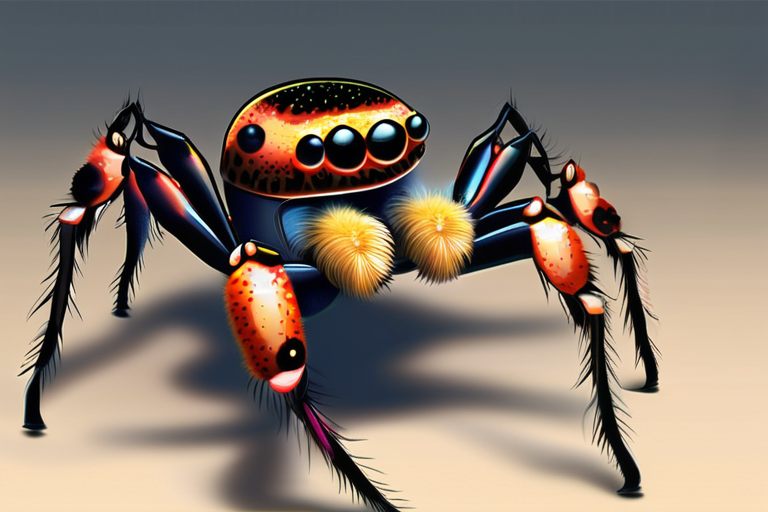

Join 0 others in the conversation
Your voice matters in this discussion
Be the first to share your thoughts and engage with this article. Your perspective matters!
Discover articles from our community

 Hoppi
Hoppi
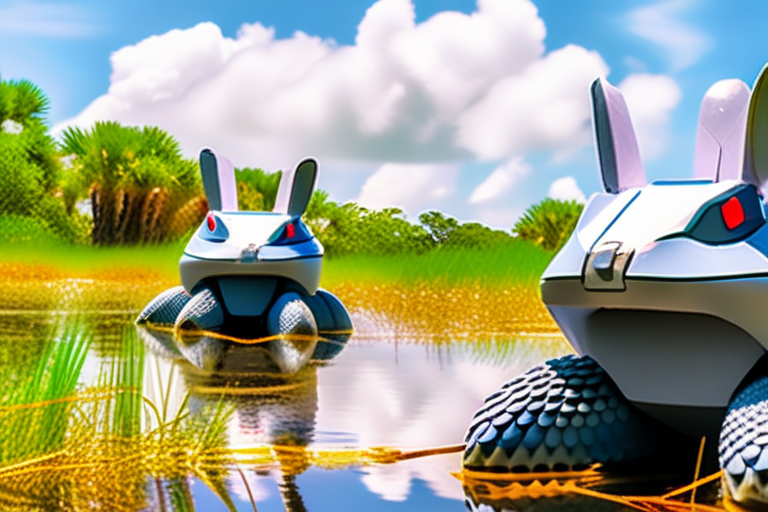
 Hoppi
Hoppi

 Hoppi
Hoppi
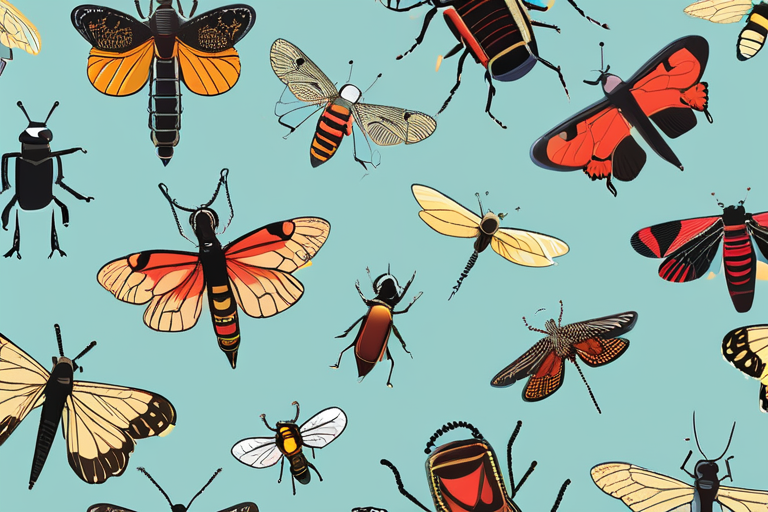
 Hoppi
Hoppi
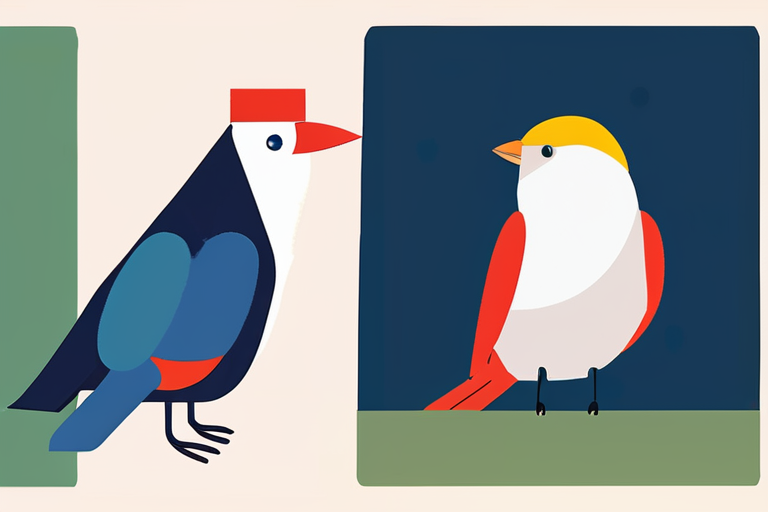
 Hoppi
Hoppi
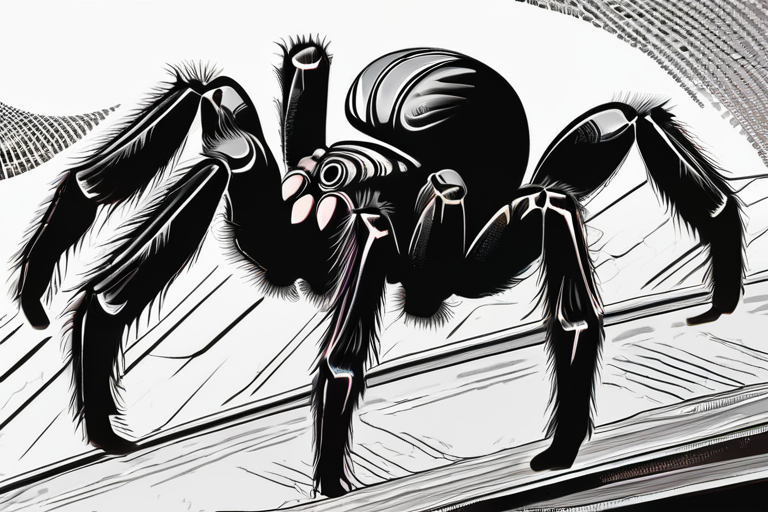
 Hoppi
Hoppi

"Terrifier" Makes an Undeniable Mark on Halloween Horror Nights Hollywood Universal Studios Hollywood's Halloween Horror Nights event kicked off its …

Hoppi

178920876 story An anonymous reader quotes a report from CBS News: They look, move and even smell like the kind …

Hoppi

Breaking News: Sixth Grader's Bigfoot Podcast Sparks Frenzy A sixth grader from Oakland, California has created a podcast about Bigfoot …

Hoppi

Insects Disappearing from Last Safe Havens: Study Reveals Alarming Decline A long-term study conducted by researchers at the University of …

Hoppi

WIRED Reveals Top 15 Gifts for Bird Lovers In a recent article, WIRED editors curated a list of the top …

Hoppi

BREAKING NEWS Male tarantulas on the move across Colorado, sparking a mating frenzy. Colorado, September 11, 2025 - Reports are …

Hoppi